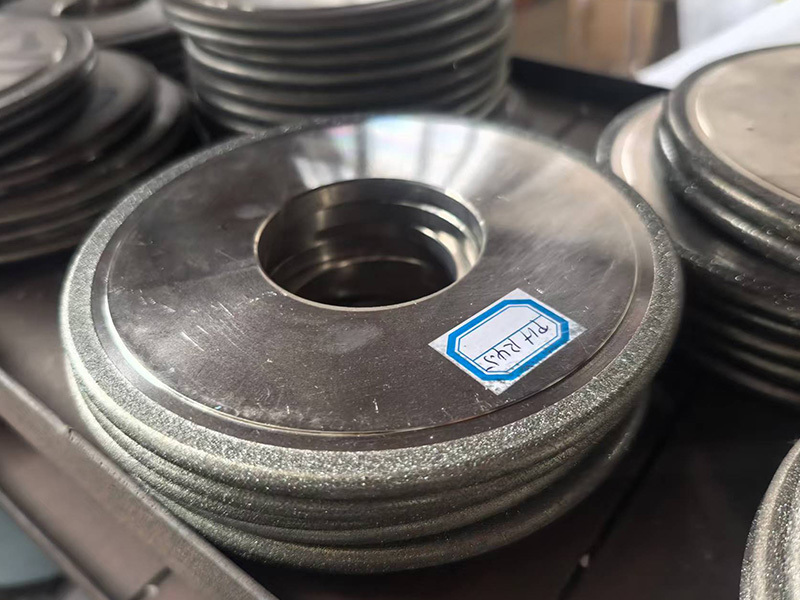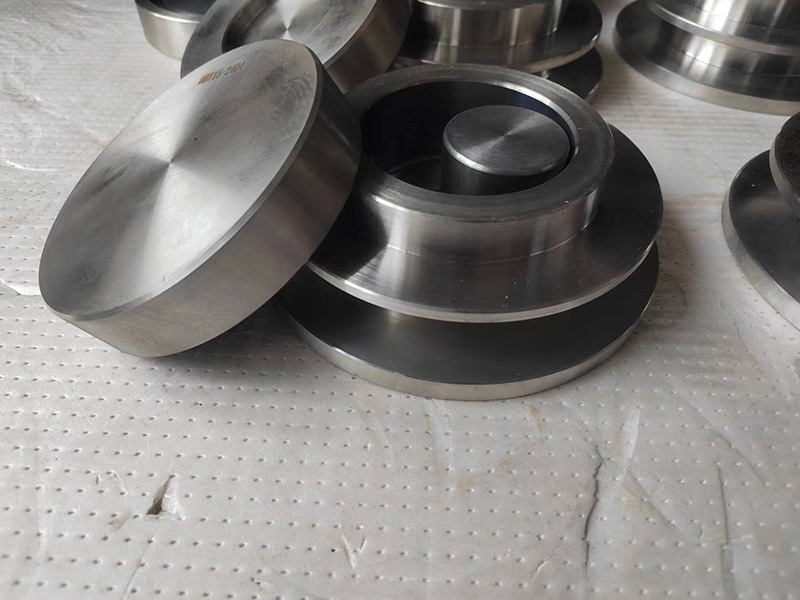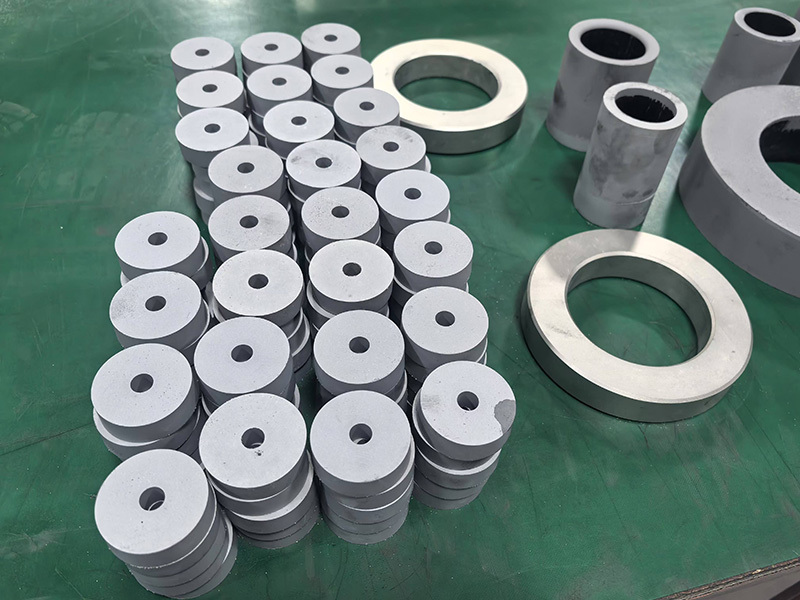Unraveling the Mechanics of the Drawing Die: A Deep Dive
Introduction: The Unsung Hero of Manufacturing
Ever thought about how metal parts are shaped with such precision? Well, let me let you in on a little secret: it’s all thanks to a nifty tool called the drawing die. This unassuming piece of equipment is pivotal in the world of manufacturing, working tirelessly behind the scenes to create everything from automotive components to intricate jewelry. So, let’s roll up our sleeves and dive into the nitty-gritty of how this remarkable tool operates!
What is a Drawing Die?
At its core, a drawing die is a tool used in metalworking to shape and reduce the cross-section of metal rods or sheets. Think of it as a sculptor’s chisel, meticulously carving out the essence of a raw material. When metal is drawn through a die, it undergoes a transformation that makes it stronger and more refined. Isn’t that just fascinating?
How Does a Drawing Die Work?
Now, let’s get into the meat of the matter and explore the mechanics of this tool. The process begins when a metal piece, often referred to as a workpiece, is fed into the die. As the workpiece is drawn through the die’s opening, it experiences tensile stress that elongates it while reducing its diameter. Here’s where the magic happens:
- 1. Entry Point: The metal is inserted into the die, which has a hole shaped to the desired final product.
- 2. Drawing Action: A pulling force is applied, either manually or through a machine, pulling the metal through the die.
- 3. Transformation: As the metal passes through the die, it stretches, becoming thinner and longer as it takes on the shape of the die.
Essentially, the drawing die compresses and elongates the metal simultaneously, resulting in a stronger material with improved mechanical properties. Pretty cool, huh?
Types of Drawing Dies
Just as there are many flavors of ice cream, there are also various types of drawing dies tailored for specific applications. Here are a few popular ones:
- 1. Wire Drawing Dies: Used primarily in the production of wire, these dies are designed for smaller diameters.
- 2. Tube Drawing Dies: These are employed to shape tubes and pipes, allowing for various thicknesses.
- 3. Sheet Drawing Dies: Ideal for sheet metal, these dies help create panels for vehicles and appliances.
Each type of die serves a unique purpose, making it essential to choose the right one for the job. It’s like picking the perfect tool from your toolbox to fix that leaky faucet!
The Benefits of Using Drawing Dies
Why go through all this trouble, you ask? Well, the advantages of using a drawing die are numerous:
- 1. Precision: drawing dies provide exceptional accuracy in shaping metal, ensuring that each piece meets stringent specifications.
- 2. Strength: The drawing process enhances the mechanical properties of metal, resulting in stronger components.
- 3. Cost-Effectiveness: By allowing for mass production, drawing dies help reduce manufacturing costs over time.
It's a win-win situation for manufacturers looking to optimize their production processes.
Common Applications of Drawing Dies
So, where exactly do we see these incredible tools in action? The drawing die finds its way into various industries:
- 1. Automotive: From engine components to body panels, drawing dies are pivotal in producing automotive parts.
- 2. Aerospace: The aviation industry relies on drawing dies for lightweight, strong materials crucial for flight safety.
- 3. Electronics: Many electronic devices utilize drawn metal parts for their housings and internal components.
It’s amazing how something as simple as a die can have such a profound impact on multiple industries!
Conclusion: The Future of Drawing Dies
As technology evolves, so does the drawing die. Innovations in materials and manufacturing techniques promise to make this tool even more efficient and versatile. Who knows what the future holds? One thing’s for sure: as long as there are metals to shape, there will be drawing dies to do the job!
So, the next time you admire a finely crafted metal object, take a moment to appreciate the drawing die that played a crucial role in its creation. Cheers to the unsung heroes of the manufacturing world!
Tags:
Related news










